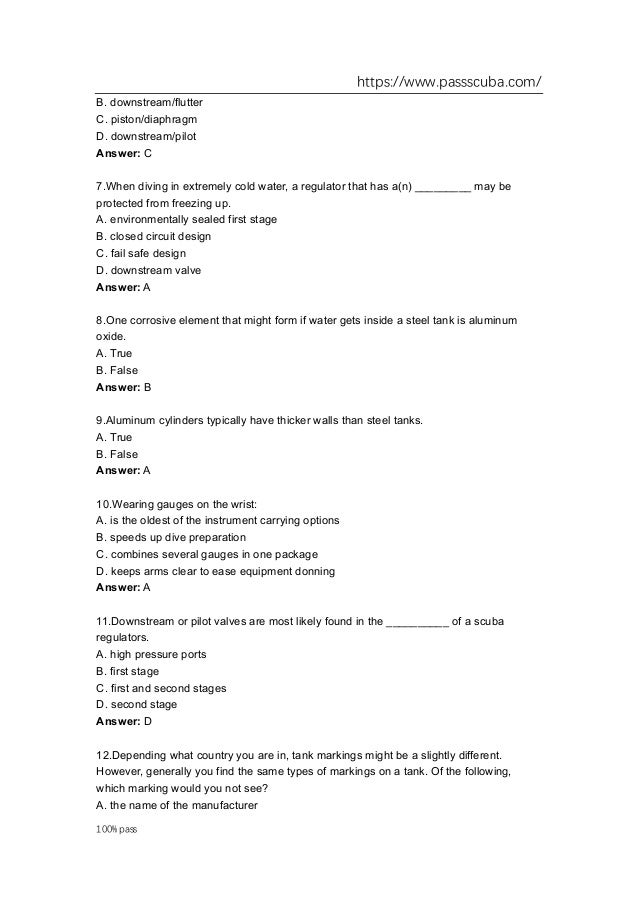

maintaining the proper attitude In the six steps for basic emergency management, what is the first thing you do when any emergency arises? Stop, breathe, think and assess the situation A local emergency assistance plan should have contact information for: -local emergency medical services participating in regular training practice may be to assist a more qualified person Personal readiness for managing an emergency includes -staying physically fit A victim is someone who needs or is receiving help but who is not yet in a safe stable environment as a PADI Rescue Diver, your role at a dive accident -may be to manage an emergency is a device that delivers a shock in an attempt to restart the heart The primary benefit of an AED is that it shortens the interval between the loss of heartbeat and attempts to restart the heart true A "patient" is someone likely to recover from an accident, whereas a "victim is someone you help, but who is unlikely to recover False a patient is someone receiving care in a relatively safe, stable environment. continuous flow systems For general purposes in areas with ready access to emergency medical services, an emergency oxygen supply of 40 to 50 minutes to normal true An AED. positive pressure resuscitator systems _ work much like a scuba regulator, supplying 100% oxygen when the diver inhales non-resuscitator demand valve systems The emergency oxygen system suitable for use by PADI Rescue Divers include -nonresuscitator demand valve systems If you see something that interests you, contact your instructor or dive shop to confirm availability.It's important to have emergency oxygen available because prompt oxygen first aid can make a difference in the case of decompression sickness, lung over-expansion injury or drowning True The three primary types of emergency oxygen systems include -non-resuscitator demand valve systems The specialty dives below may not be available in all locations. These specialty dives are available almost anywhere:

For example, if you try a drysuit dive during your Advanced Open Water Diver course and like it, you'll already have one of the two dives required for the PADI Dry Suit Diver certification. Review the list below and contact your dive shop or instructor to confirm what they offer.Īs an added bonus, each specialty dive may be credited toward the related specialty certification. The PADI Advanced Open Water course is like a specialty sampler platter. Put another way, a dive to just 19 metres/62 feet qualifies as a deep dive. A deep dive is considered anything below 18 metres/60 feet. The depths listed above are the maximum depth, your dive may be shallower. For divers 12-15 years old, the maximum depth is 21 metres/70 feet.The maximum depth for divers 15 or older is 30 metres/100 feet.How deep? The answer depends on your age, local regulations and dive site depths. Advanced Open Water Depth The Advanced Open Water Diver course includes one deep dive.


 0 kommentar(er)
0 kommentar(er)
